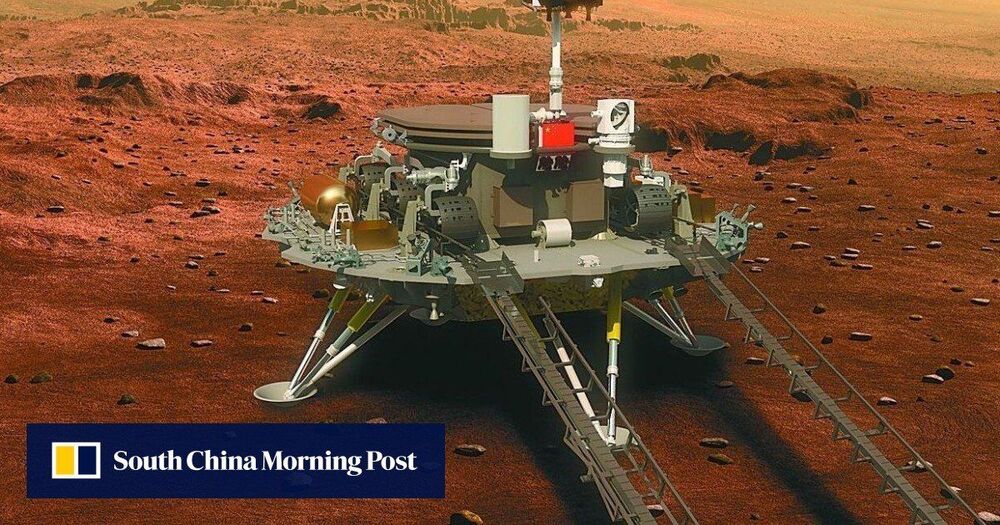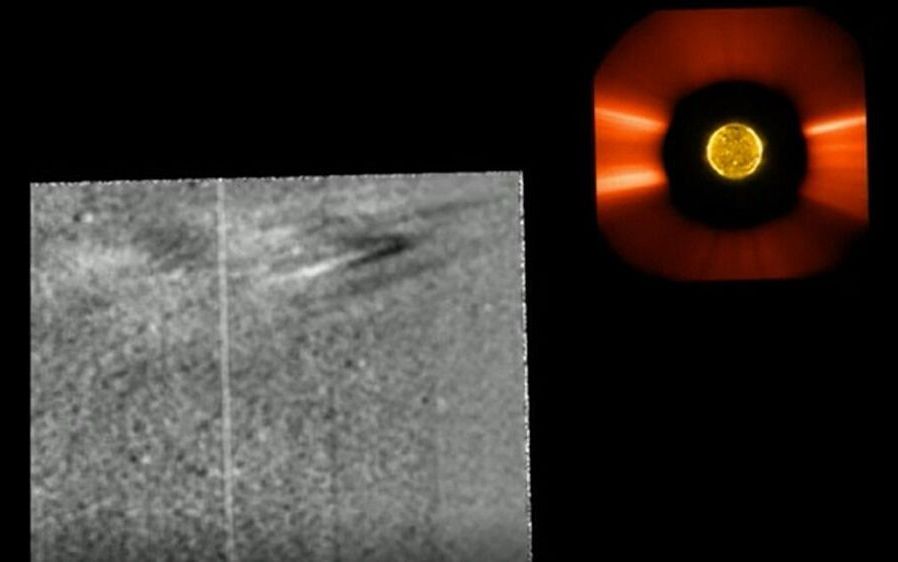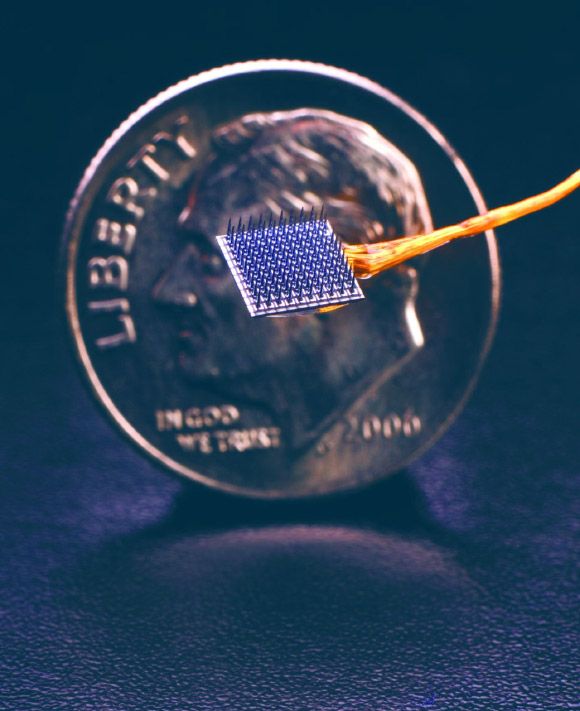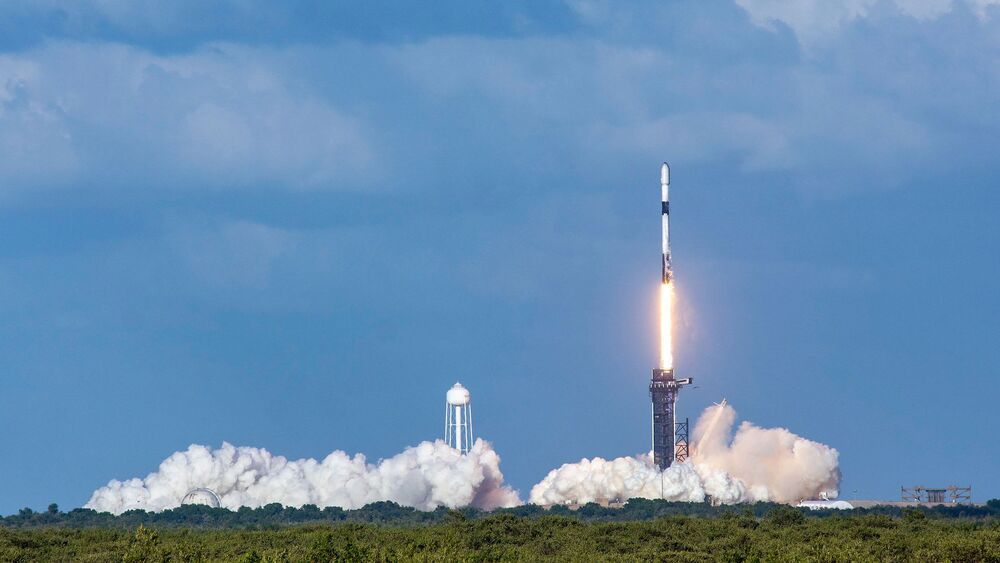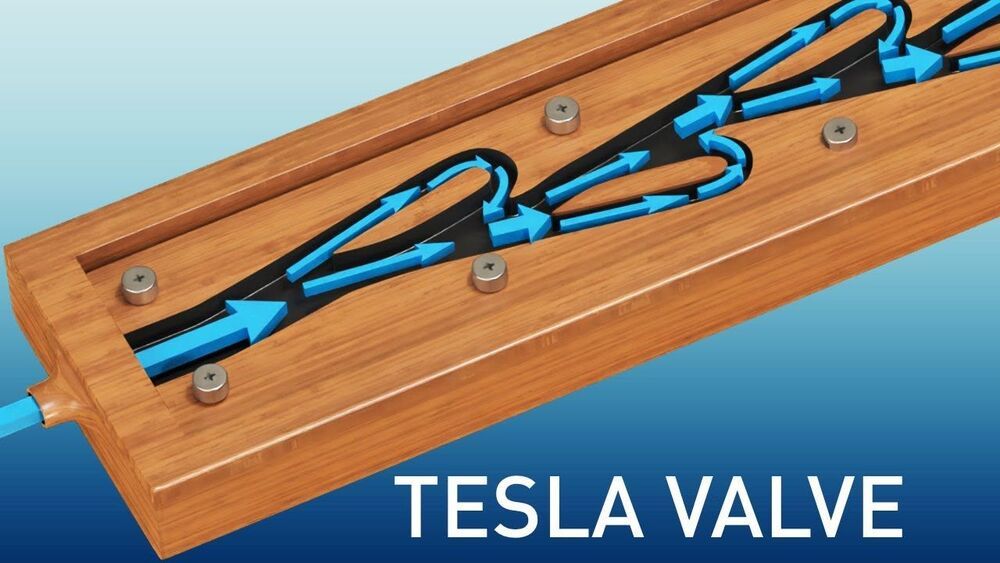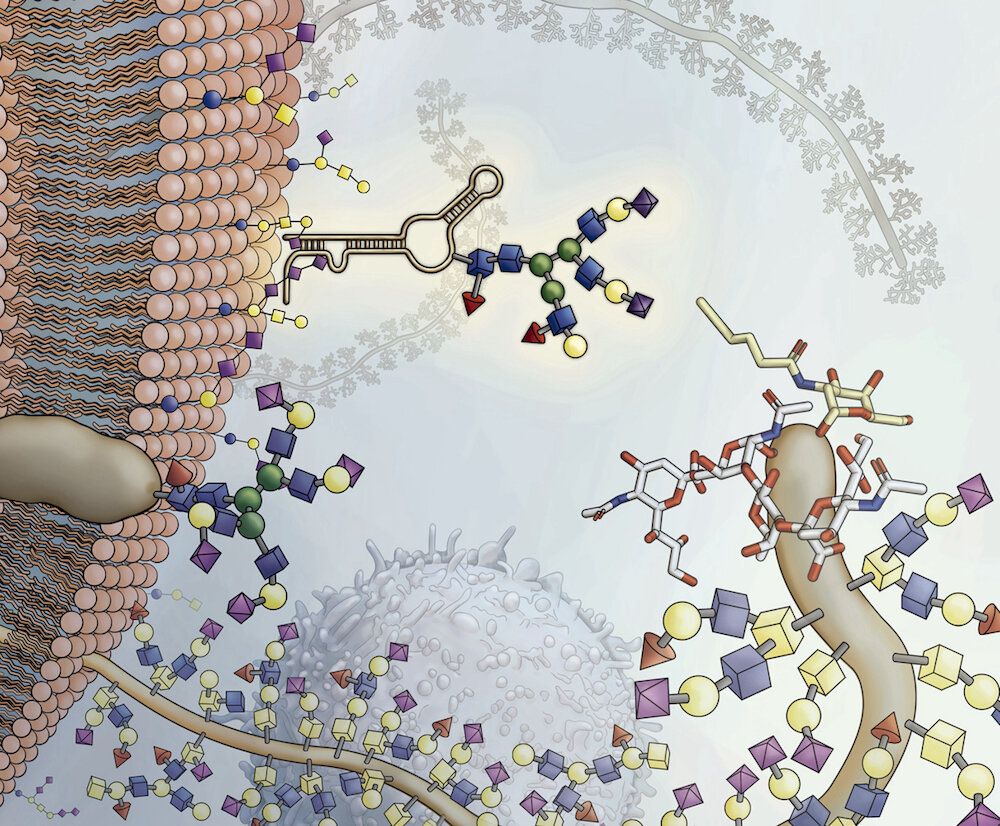May 18, 2021
Gigajot Unveils World’s First Commercially Available Quanta Image Sensors
Posted by Jeremy Dylan Batterson in categories: futurism, quantum physics
Photon counting and reliable photon number resolving, until now, only partially available utilizing esoteric EMCCD technology in highly controlled laboratory environments, is now possible with a compact form-factor camera, operating at room temperature — with the additional benefits of higher resolution and speed. “The ability to do photon counting at room temperature is a game changer for our research efforts in Astrophysics and Quantum Information Science,” said Dr. Don Figer, Director of Center for Detectors and the Future Photon Initiative in the College of Science, Rochester Institute of Technology.

